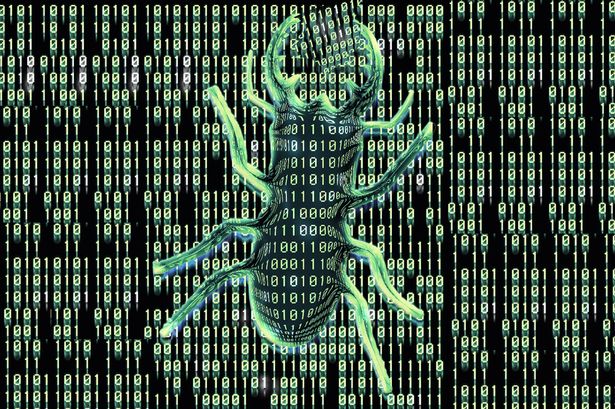Christopher Wray warned in February 2023 that Beijing’s efforts to covertly plant offensive malware inside U.S. critical infrastructure networks is now at “a scale greater than we’d seen before,” an issue he has deemed a defining national security threat. Citing Volt Typhoon, the name given to the Chinese hacking network that was revealed in 2023 to be lying dormant inside U.S. critical infrastructure, Wray said Beijing-backed actors were pre-positioning malware that could be triggered at any moment to disrupt U.S. critical infrastructure. Officials have grown particularly alarmed at Beijing’s interest in infiltrating U.S. critical infrastructure networks, planting malware inside U.S. computer systems responsible for everything from safe drinking water to aviation traffic so it could detonate, at a moment’s notice, damaging cyberattacks during a conflict.
The Netherlands’ spy agencies said in February 2024 that Chinese hackers had used malware to gain access to a Dutch military network in 2023. The agency, considered to have one of Europe’s top cyber capabilities, said it made the rare disclosure to show the scale of the threat and reduce the stigma of being targeted so allied governments can better pool knowledge.
A report released in February 2024 by agencies including the FBI, the Cybersecurity and Infrastructure Agency and the National Security Agency said Volt Typhoon hackers had maintained access in some U.S. networks for five or more years, and while it targeted only U.S. infrastructure directly, the infiltration was likely to have affected “Five Eyes” allies…
Excerpts from Joe Parkinson, BI Director Says China Cyberattacks on U.S. Infrastructure Now at Unprecedented Scale, WSJ, Feb. 19, 2024


